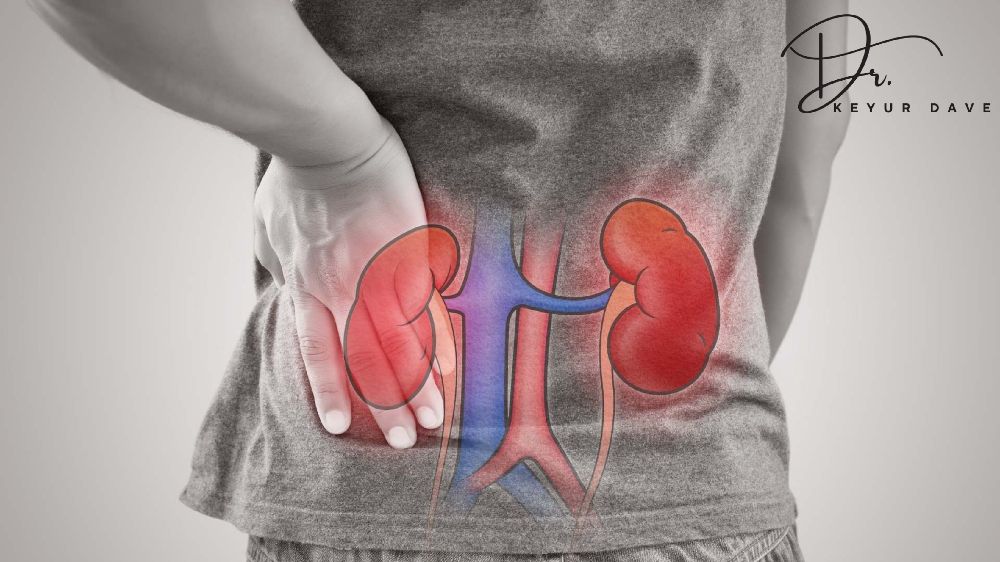
Introduction
Kidney transplantation is a life-saving procedure for patients with end-stage renal disease (ESRD). Over the past decade, significant strides have been made in improving surgical techniques, organ preservation, donor matching, and—critically—immunosuppressive therapy. These advancements have not only increased transplant success rates but also enhanced long-term graft survival and patient quality of life.
In this article, we explore the most recent innovations transforming kidney transplantation and post-transplant care.
1. Minimally Invasive Surgical Techniques
Advancements in laparoscopic and robotic-assisted surgeries have made kidney transplantation less invasive. These procedures offer:
-
Smaller incisions
-
Reduced pain and blood loss
-
Shorter hospital stays
-
Faster recovery times
For donors, minimally invasive nephrectomy techniques have made living donation safer and more appealing.
2. Expanded Donor Criteria & Organ Preservation
To address organ shortages, transplant centers are now using expanded criteria donors (ECD) and donation after circulatory death (DCD). Preservation technologies such as:
-
Hypothermic Machine Perfusion (HMP)
-
Normothermic Machine Perfusion (NMP)
have improved graft viability, even in marginal kidneys, by better maintaining organ function during transport.
3. Precision in HLA Matching and Desensitization Protocols
Better HLA typing and crossmatch testing using molecular technologies have improved donor-recipient compatibility. For patients with high antibody levels, desensitization therapies like plasmapheresis and IVIG have enabled successful transplants that were previously considered too risky.
4. Innovations in Immunosuppressive Therapy
Post-transplant immunosuppressive therapy is crucial to prevent organ rejection while minimizing side effects. New developments include:
A. Targeted Biologic Agents
-
Belatacept: A costimulation blocker offering fewer nephrotoxic effects than calcineurin inhibitors.
-
Monoclonal antibodies like rituximab and basiliximab are being used for induction therapy to reduce early rejection.
B. Individualized Immunosuppressive Regimens
-
Use of pharmacogenomics to tailor drug dosages (like tacrolimus) to the patient's genetic makeup, optimizing efficacy and reducing toxicity.
C. Steroid-Sparing Protocols
-
Reducing or eliminating corticosteroids to decrease long-term side effects like osteoporosis, diabetes, and cardiovascular disease.
5. Monitoring for Rejection: Non-Invasive Biomarkers
Traditional biopsy is still the gold standard for detecting rejection, but non-invasive blood and urine biomarkers are gaining traction. Technologies like:
-
Donor-derived cell-free DNA (dd-cfDNA)
-
Gene expression profiling
can detect rejection earlier and with less risk.
6. Artificial Intelligence & Predictive Analytics
AI algorithms are now being used to:
-
Predict rejection risks
-
Optimize drug dosing
-
Personalize post-transplant care based on patient-specific data
This data-driven approach enhances precision medicine and reduces complications.
Conclusion
The field of kidney transplantation has entered a new era of innovation. From cutting-edge surgical tools and organ preservation methods to tailored immunosuppressive therapy and AI-driven monitoring, these advances are significantly improving outcomes for kidney recipients worldwide.
As research continues, the goal is not only to extend graft life but also to make transplantation more accessible, safer, and patient-centered.

.png)